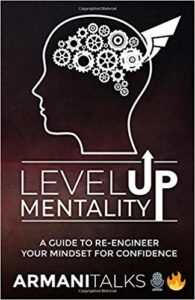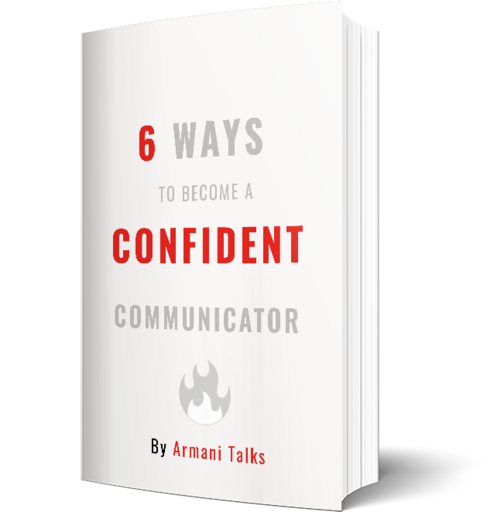Viewing Humans as Computers
The following chapter is from the Art & Science of Storytelling Book
There are certain mental models that guide us in life.
When you break it down, everything comes down to models.
‘Even in engineering?’
Especially in engineering.
When I was in the College of Engineering, a bunch of my professors would give me textbooks and tell me to study it.
As I studied it, I saw many different models and formulas. Formulas for voltage, power, resistance and much more.
‘What exactly is a formula?’
It’s a close approximation that allows us to make meaningful choices and create further useful value.
But the closer you get to the core of a field, the more it feels like it is disappearing!
Formulas help because when a subject is too intangible, the mind can never understand it. That’s why we use formulas. To guide the mind into understanding the material.
‘What’s your formula or mental model for storytelling?’
View humans as computers.
What coding is for computers, stories are for humans.
Technical people often have a tough time learning about psychology because it’s too ambiguous.
So, learn about information systems instead, Aka: computers.
I want to dumb it down for you a lot.
A computer processes information.
A computer is broken down into:
- Input
- Process
- Storage
- Output
You with me so far?
‘No, not really.’
Okay, let’s go more detailed.
Input means how you take in information.
Right now, I am writing this book on a Word document. So glamorous!
The computer is inputting the knowledge I am giving it through the keyboard buttons.
The next one is process.
Processing is when I hit save. When I hit save, there are certain protocols which are activated to save the Word document.
From there? Storage.
Storing is saving the document on my computer.
I’d be pissed if I worked hard on creating this document for it to only disappear.
Finally, I doubt I’ll get through this book in one sitting. So, when I click on the saved document in the future, the computer outputs the document on the computer screen.
This is a rough understanding of how information systems work.
But I’d be remiss to forget telecommunications.
Let’s add one more to the list:
- Input
- Process
- Storage
- Output
The 5th mighty one is:
- Telecommunications
Telecommunications allow computers to talk to one another, that’s the internet.
This is how I’m going to send the final Word document to Amazon after editing.
At this stage, you may be thinking, has this guy gone crazy?? He is supposed to be talking about storytelling. Instead, he’s going on a long spiel about computers.
Not quite, my friend.
I’m setting up the analogies. Analogies are a storyteller’s weapon of choice.
‘What are analogies?’
It’s a comparison that allows the human to extract meaningful information.
Computers parallel with humans.
Input is when we take in information.
You are reading this book by using your eyes to input the words.
Process is when you think about the content.
- Is it resonating?
- Is it making logical sense?
- Is Armani some sort of huckster?
Processing happens at rapid rates.
Storage is you leveraging your memory.
The meaningful information is stored in your memory banks so you can recall it later.
After you are done reading this book, you output the knowledge to your team.
You command a team of 5 people and want to incorporate storytelling into the culture. So, you communicate, and speak your stories into existence to teach your team.
Do you see the parallels between a human and a computer?
‘By golly, I do!’
Excellent.
These parallels will help us tremendously because we will cut through the noise and go right into the heart of storytelling skills.
Instead of doing a lot of movement and getting nowhere, we will have a target in mind and go exactly where we need to go.
There are multiple ways to build storytelling skills and express yourself.
I know this dancer who considers himself a storyteller.
Is this accurate?
Yes, it is!
- A dancer can be a storyteller.
- So can a musician.
- So can a painter.
All are expressing their thoughts & feelings in a tangible form.
However, for the sake of simplicity, I am going to assume that words are your main delivery method of choice.
Mastery of words leads to linguistics intelligence.
Linguistics intelligence leads to mastery of storytelling.
Get The Full Art & Science of Storytelling Book Here:
 Ebook
Ebook
 Paperback/Kindle
Paperback/Kindle
 Audiobook
Audiobook






